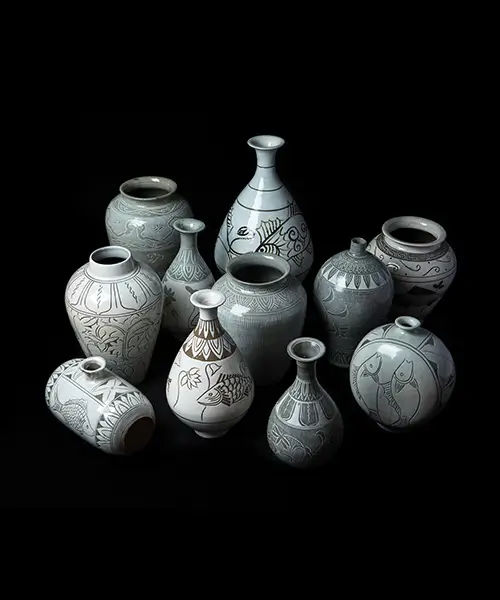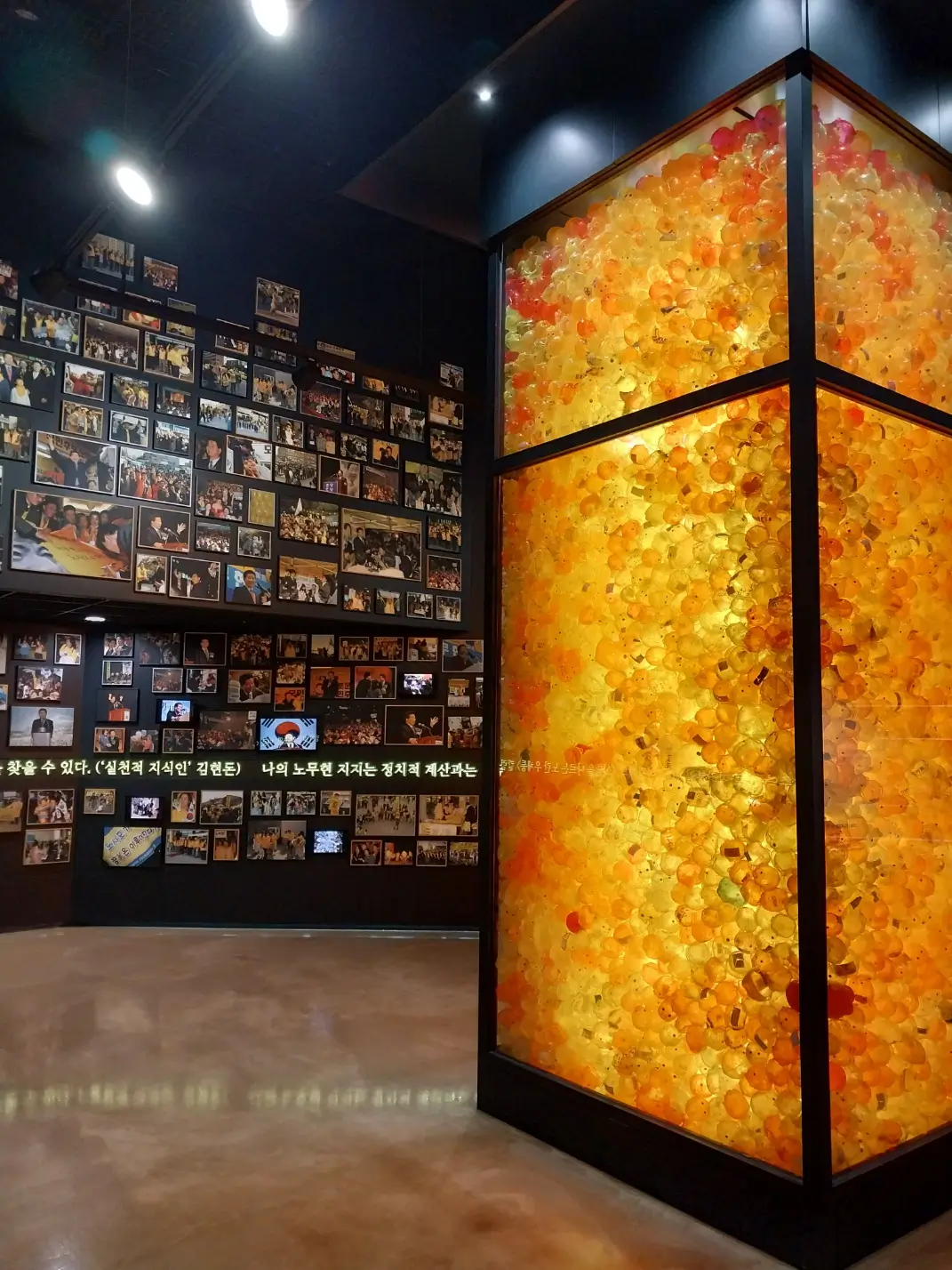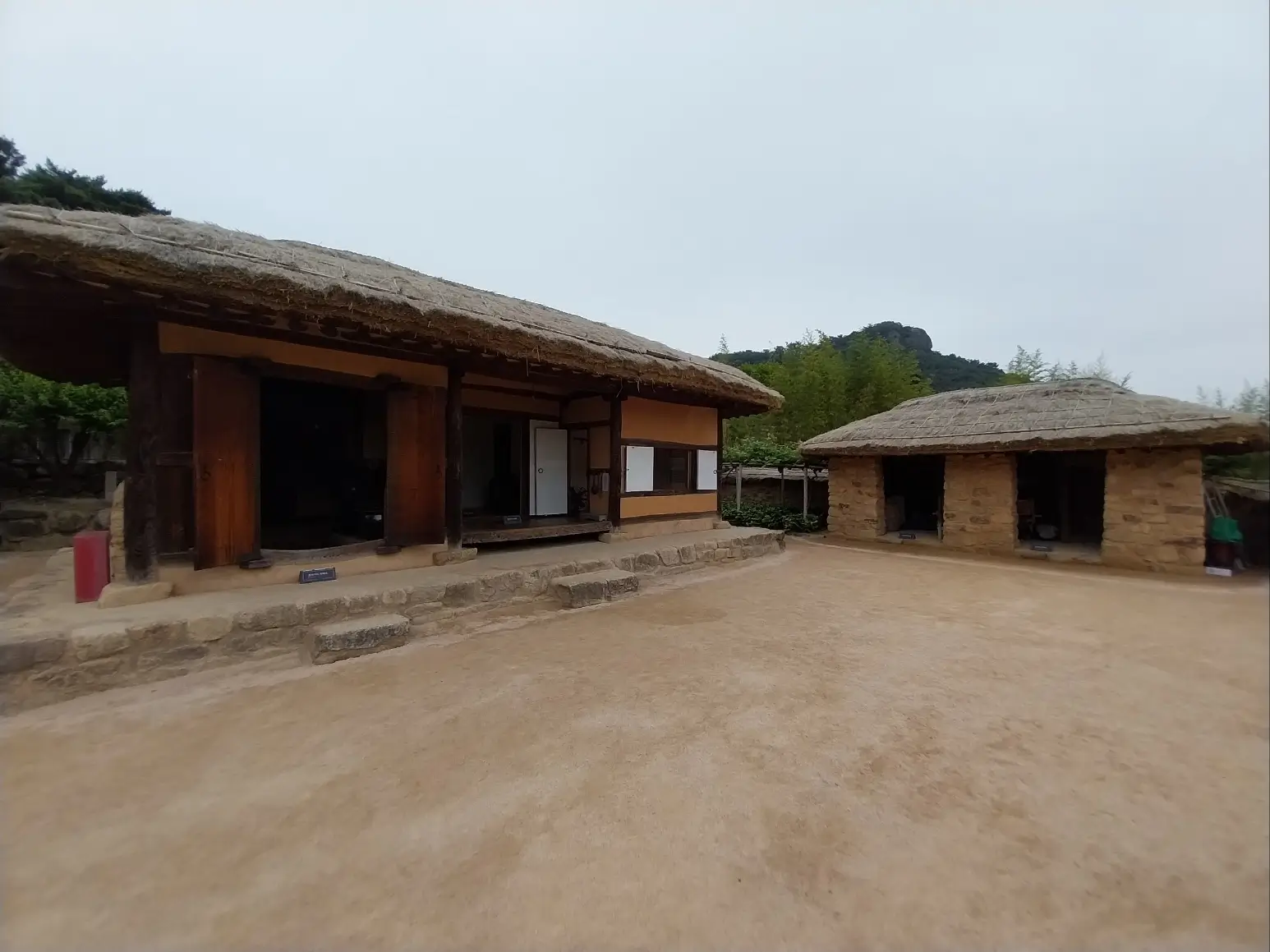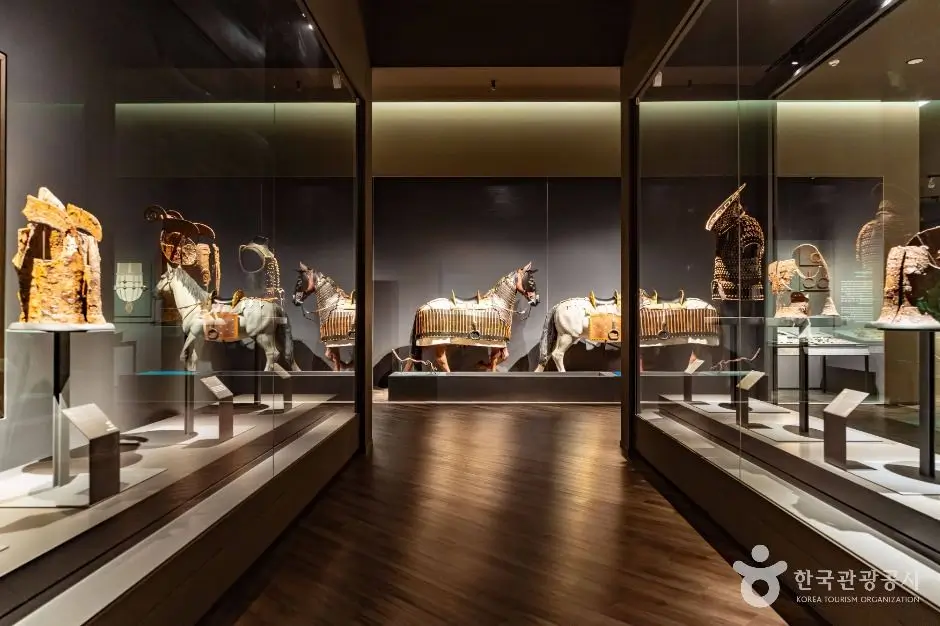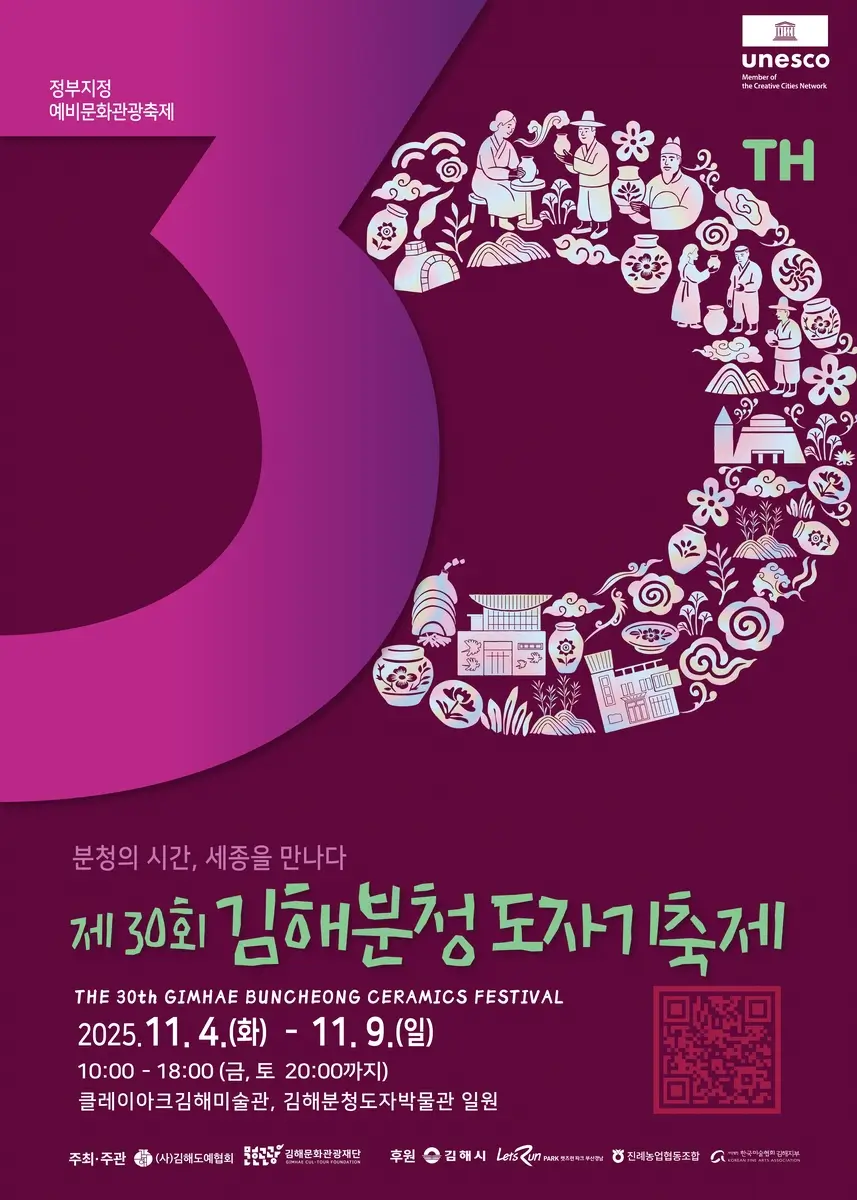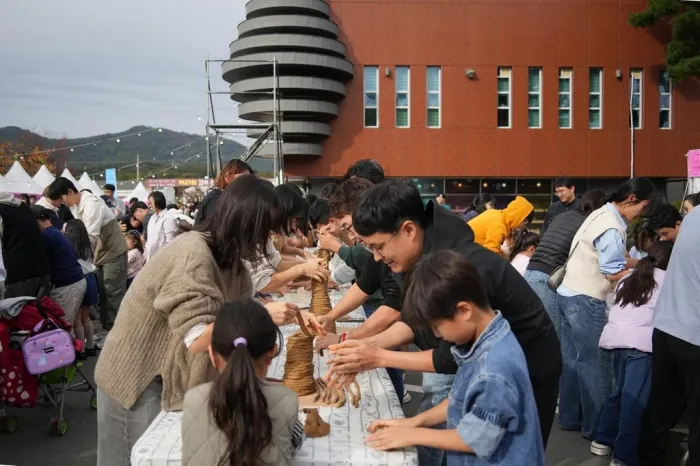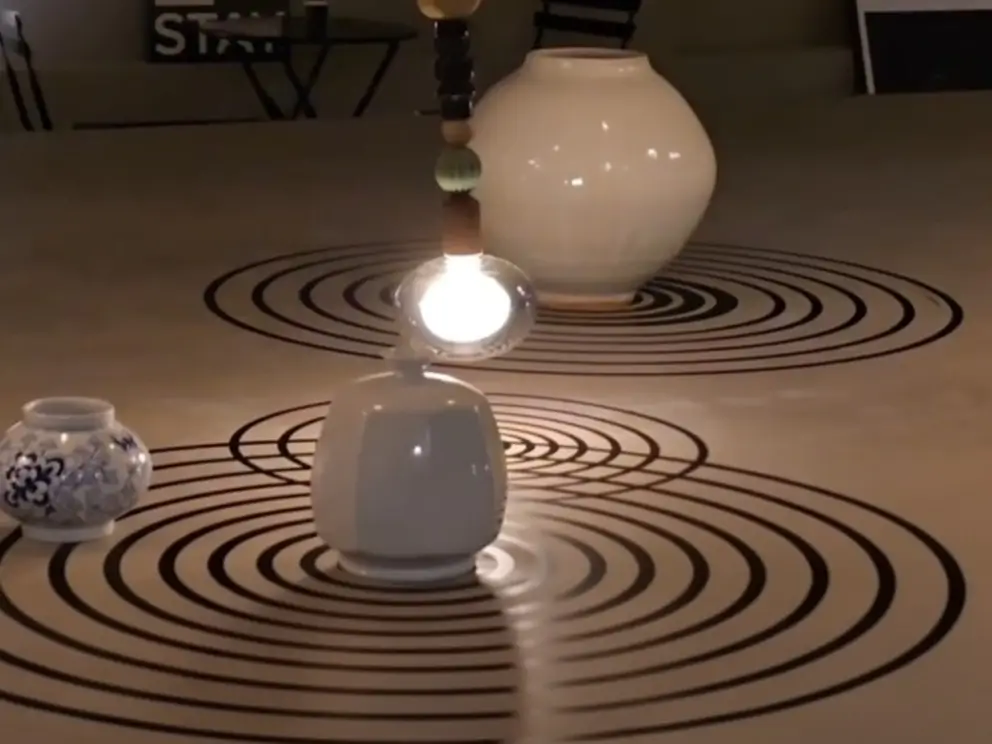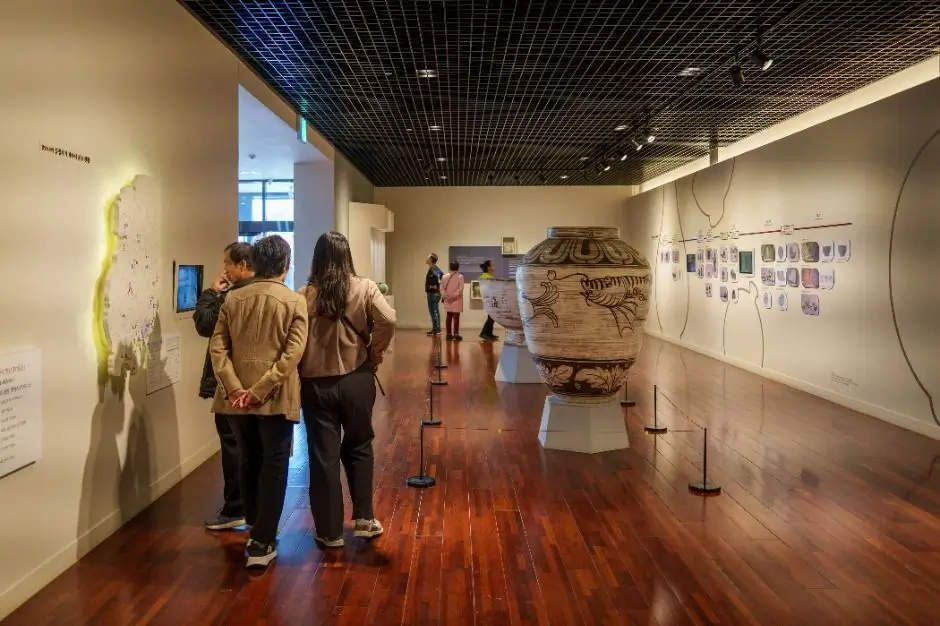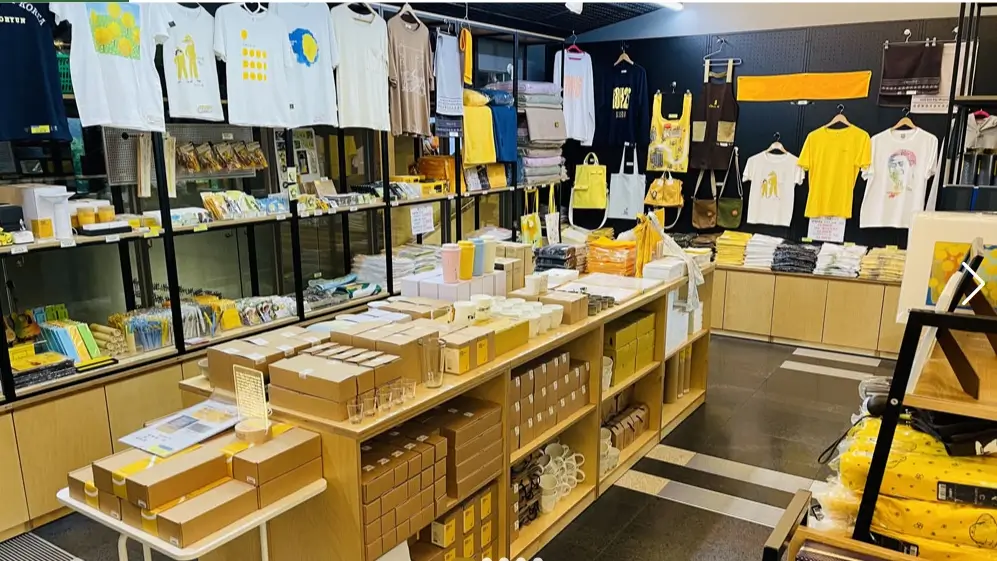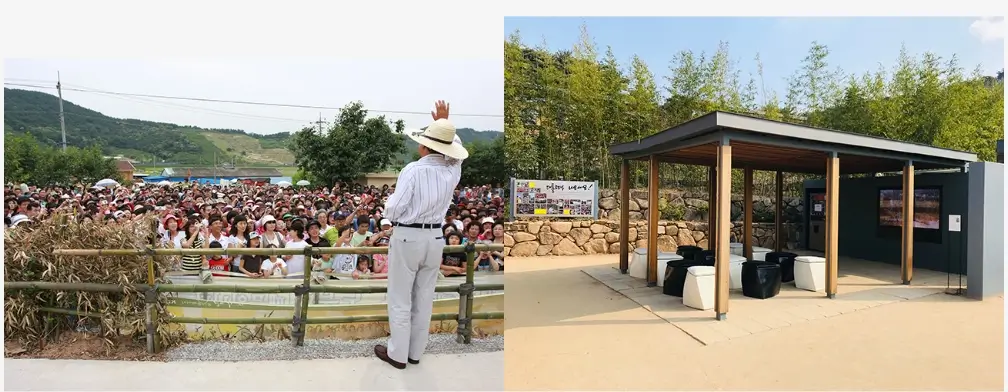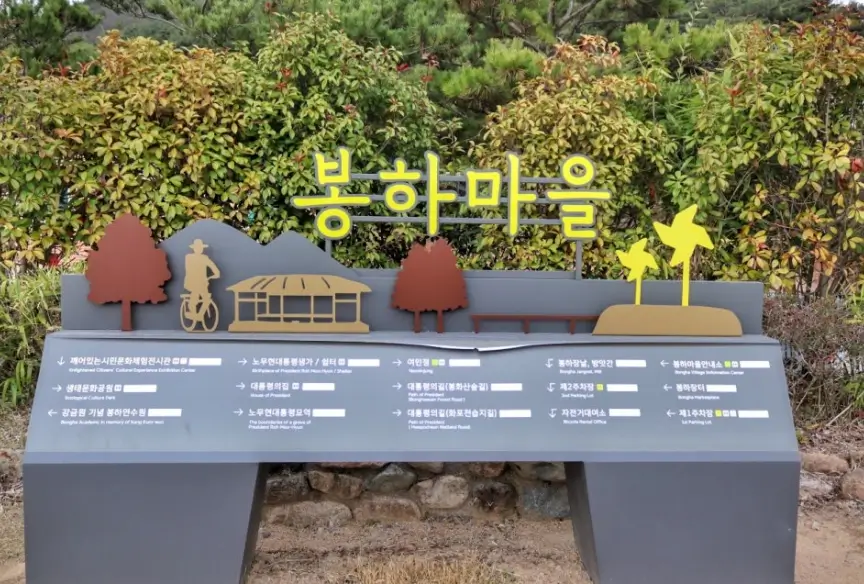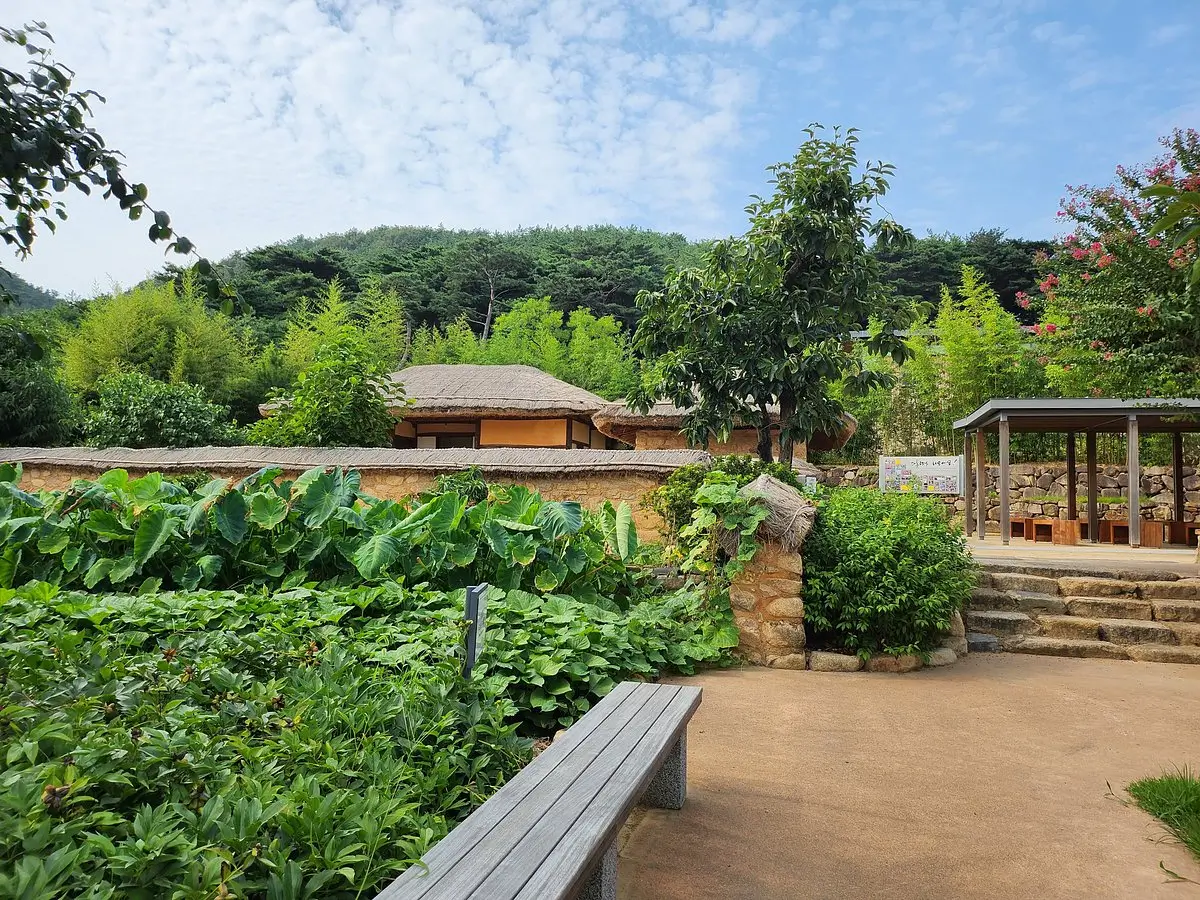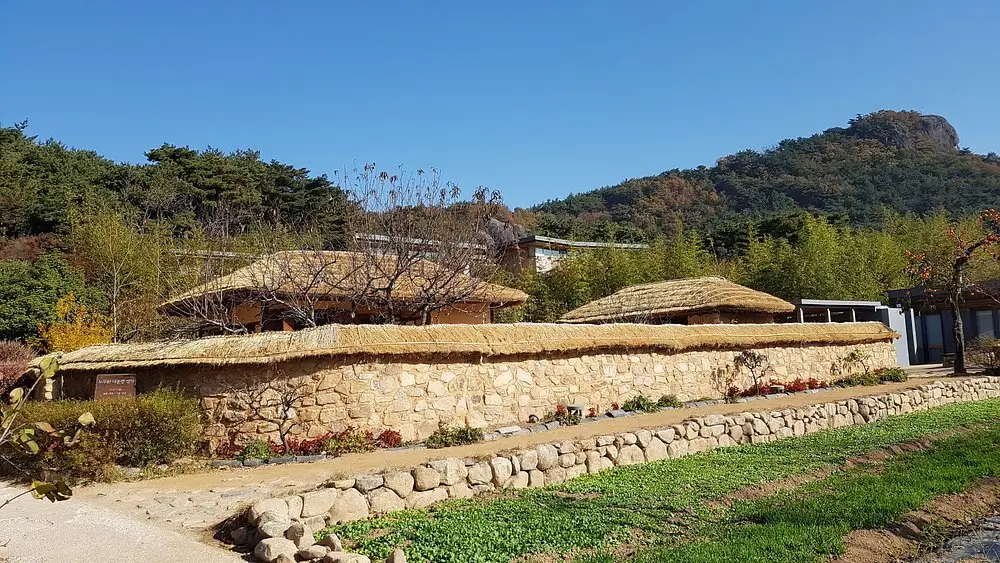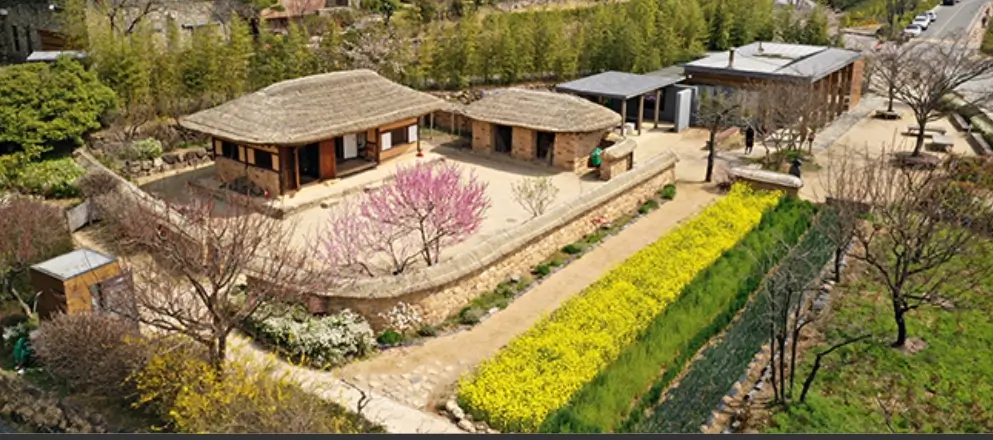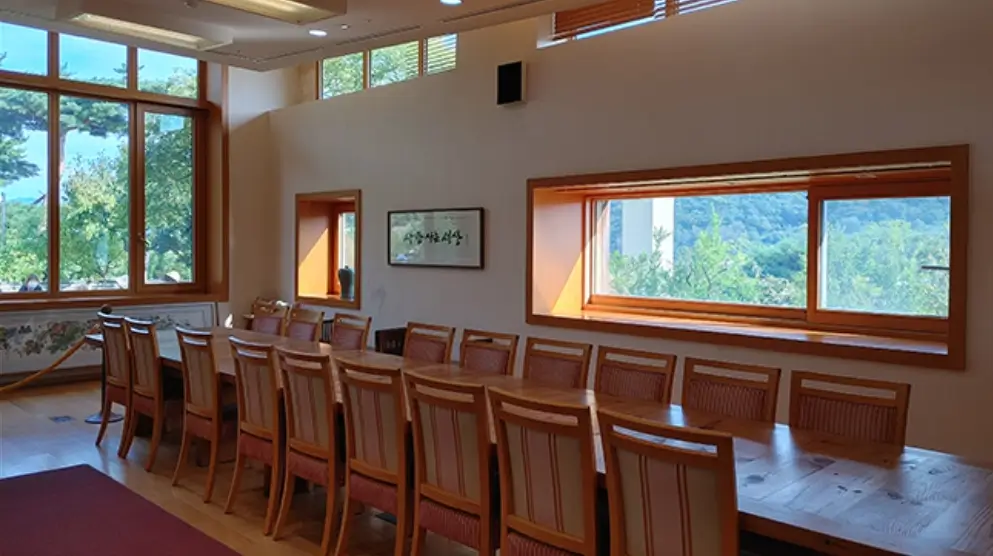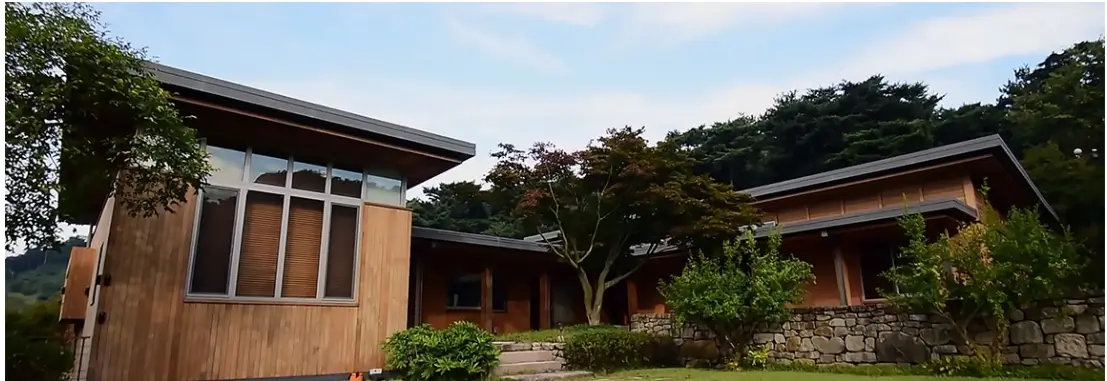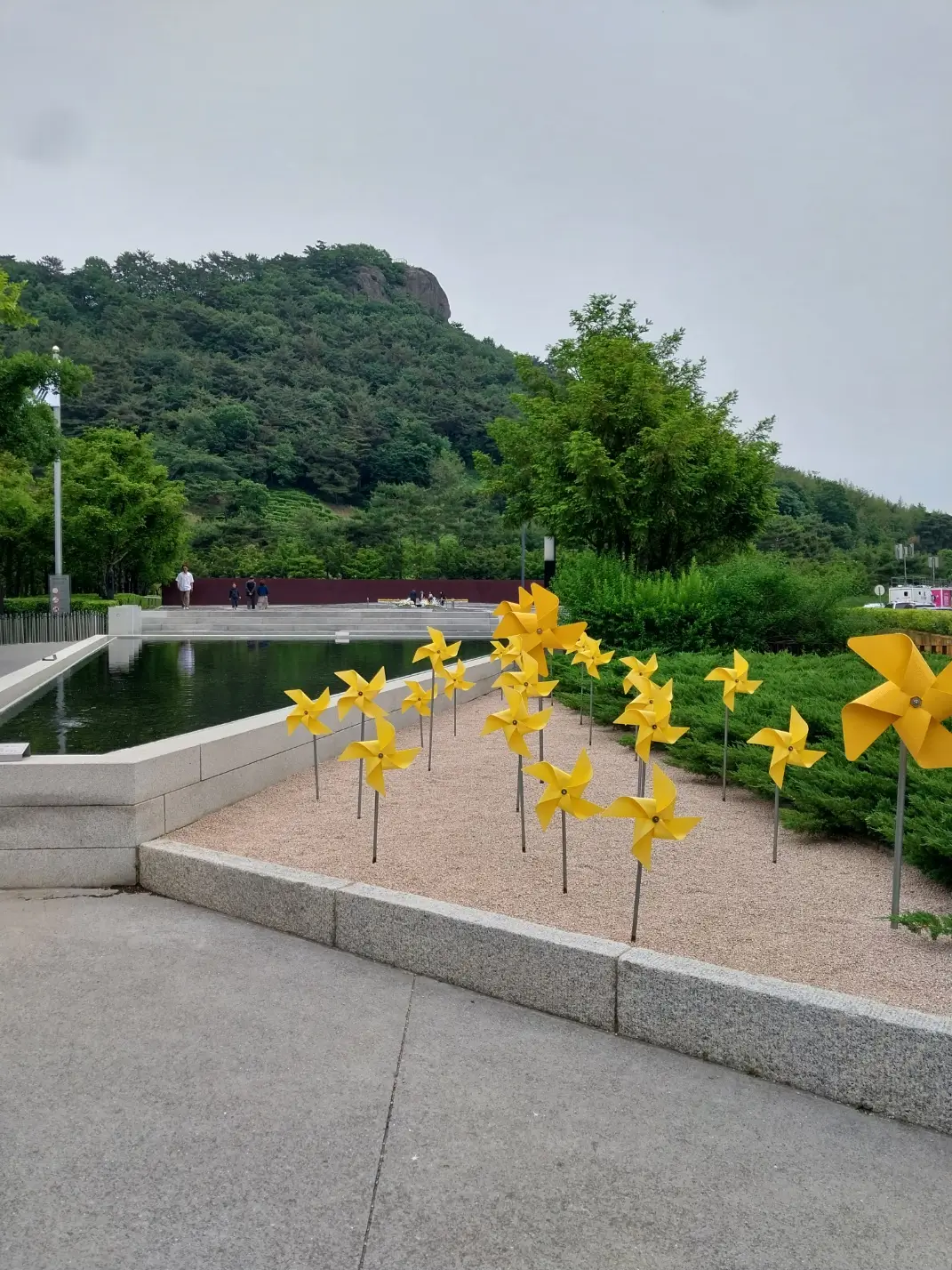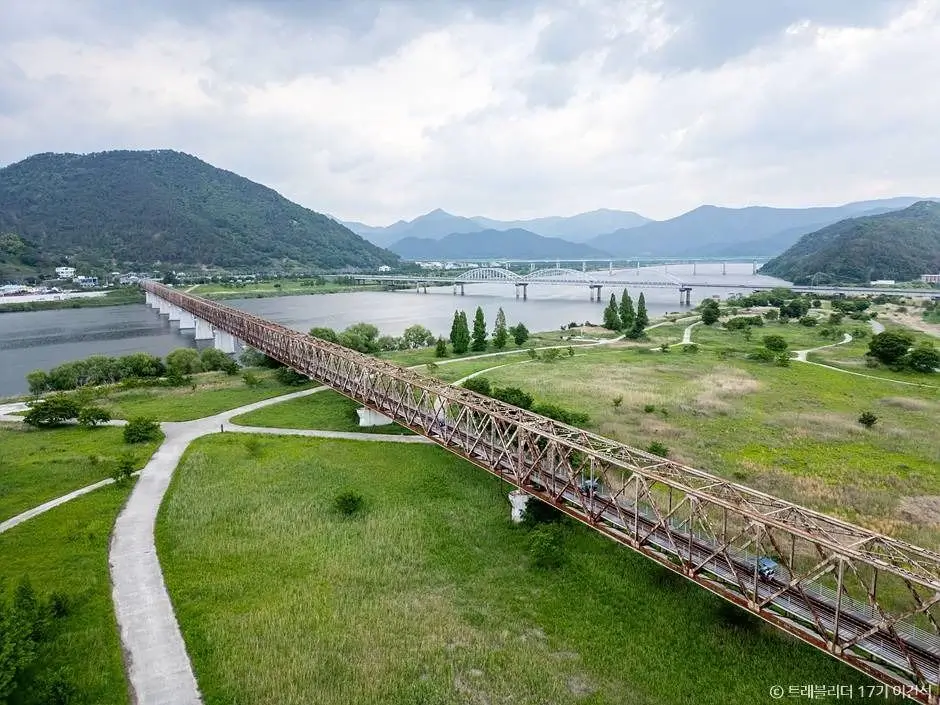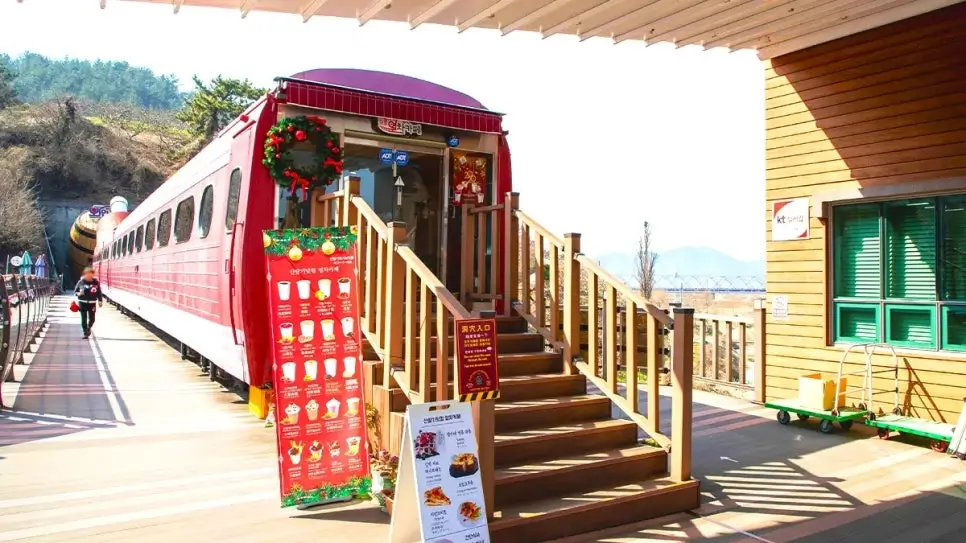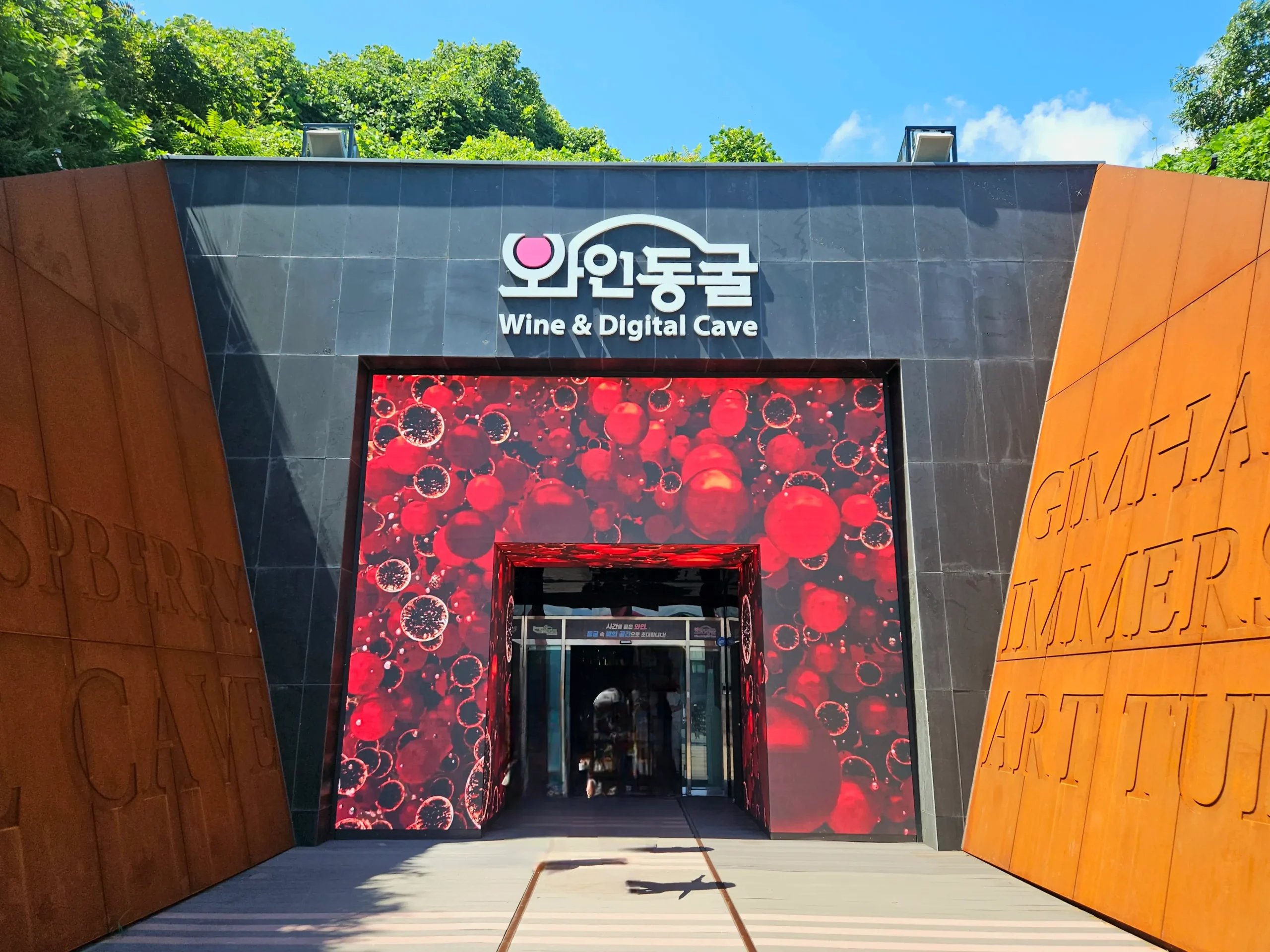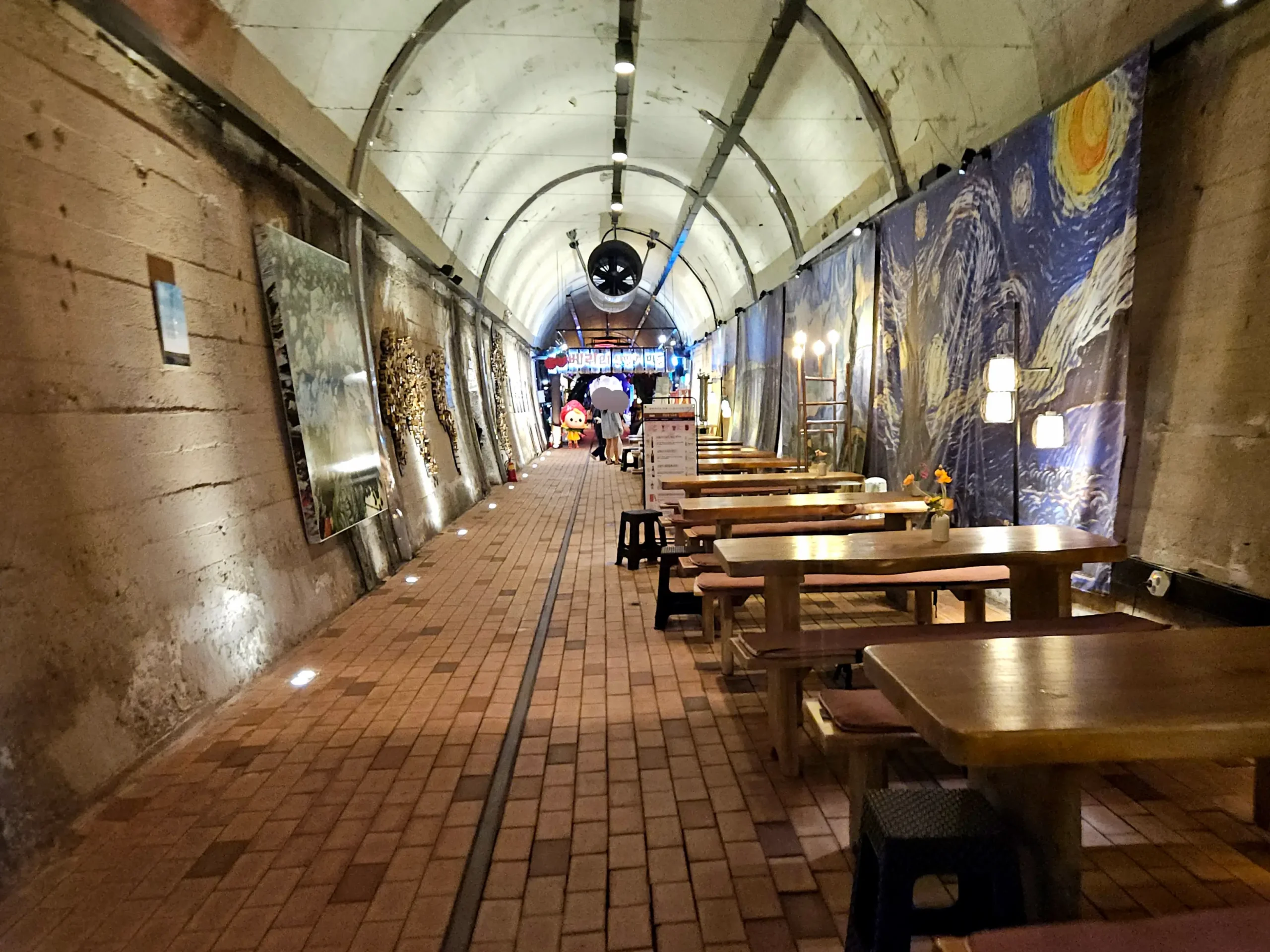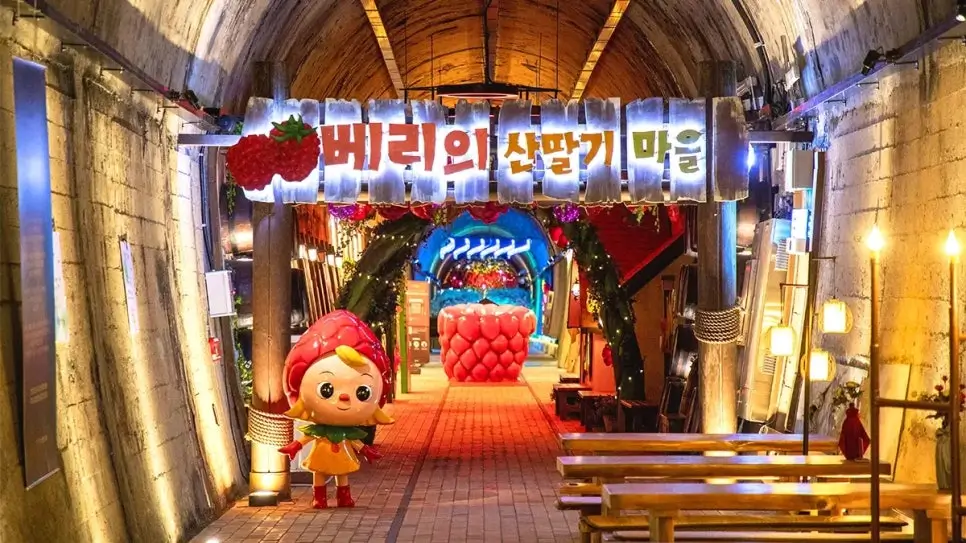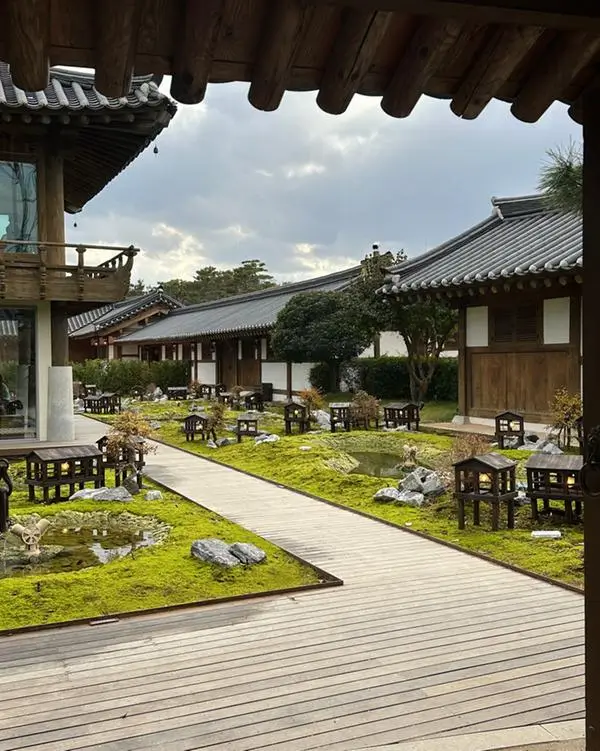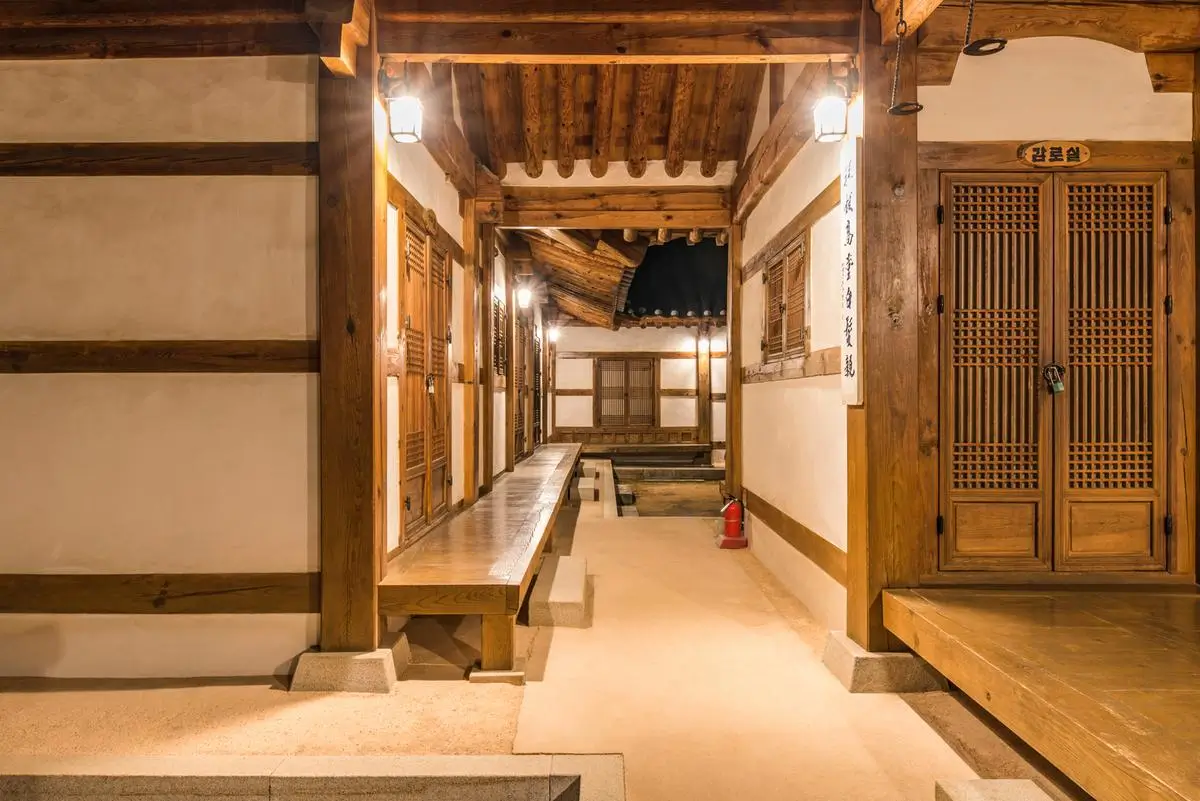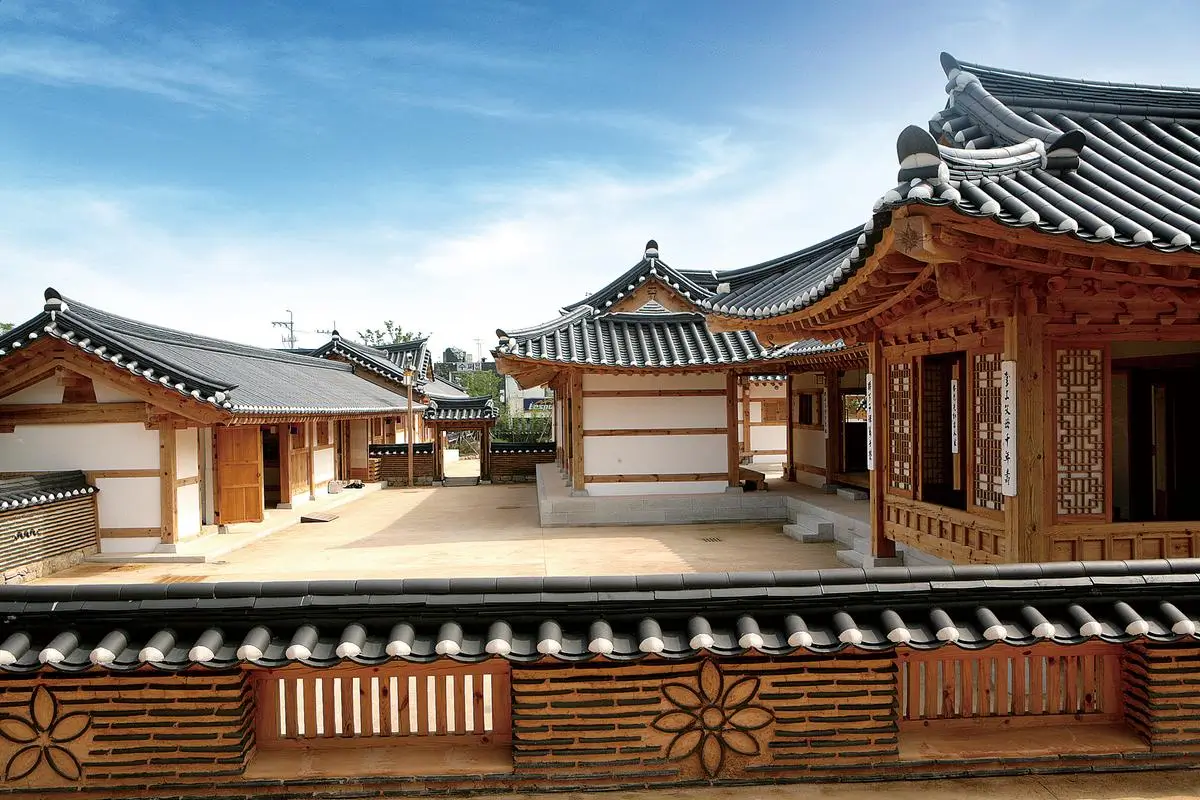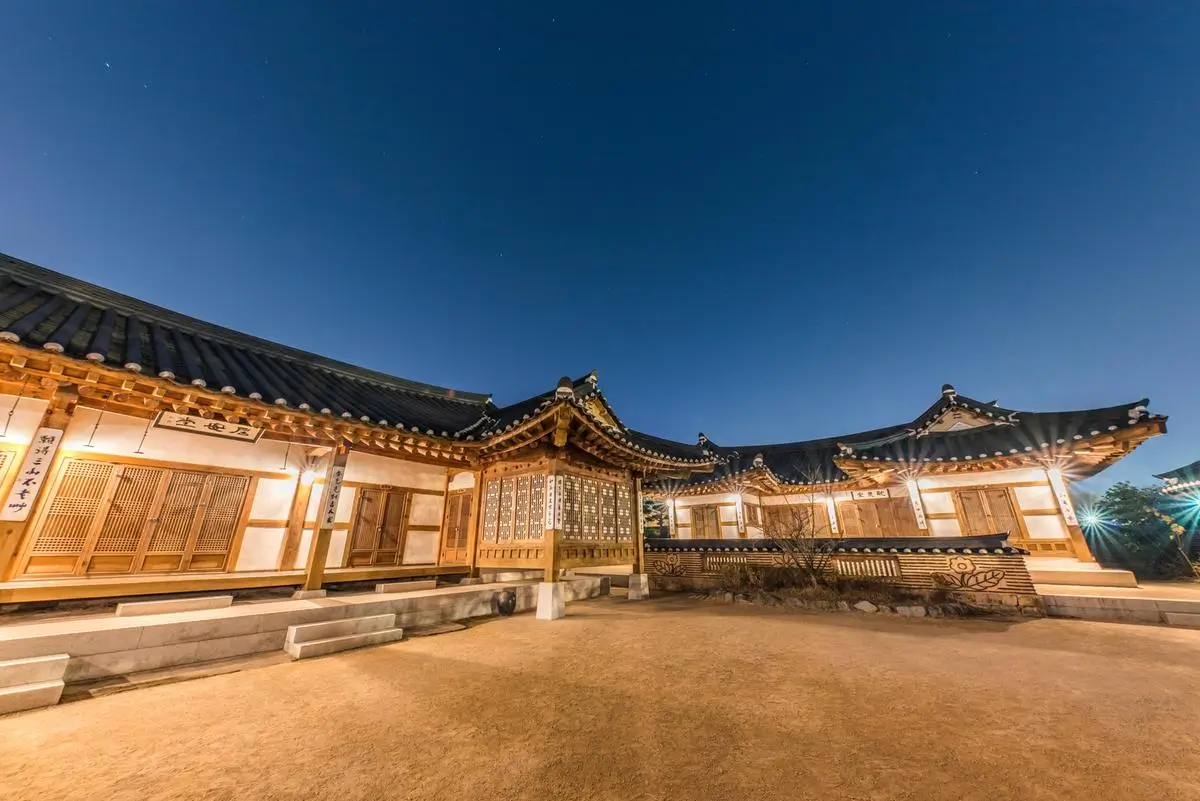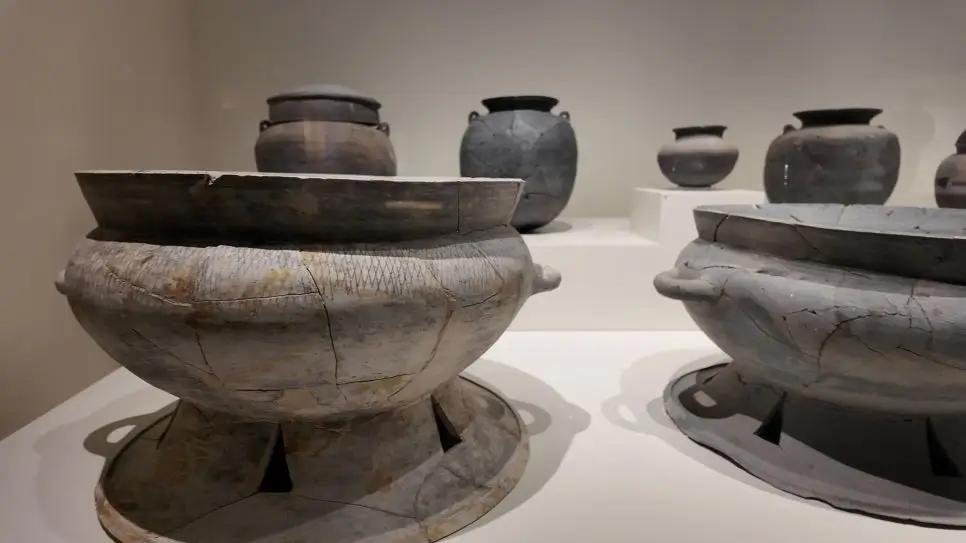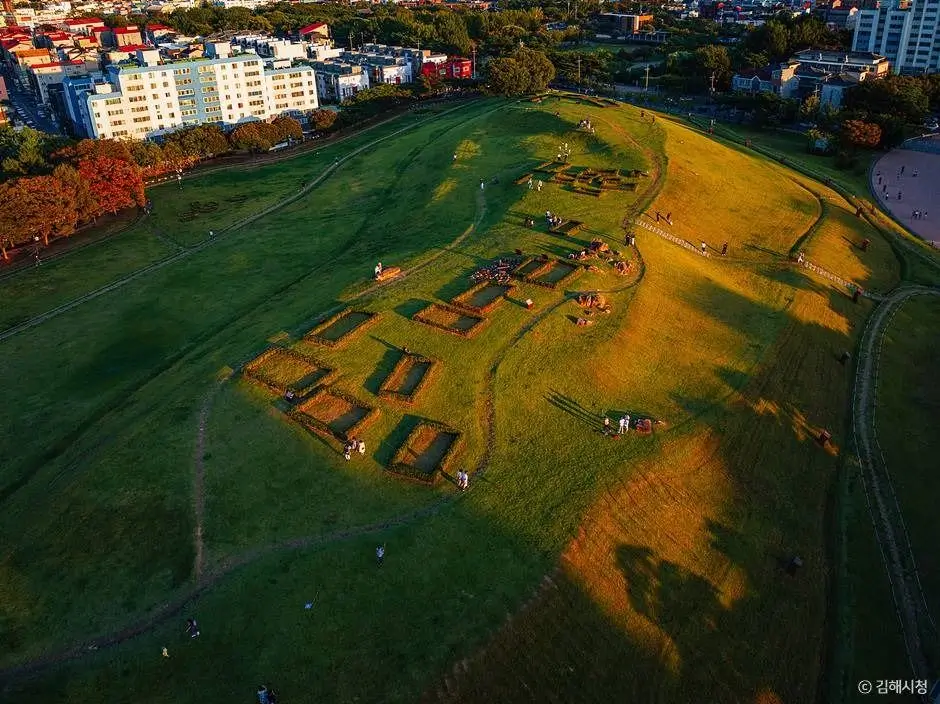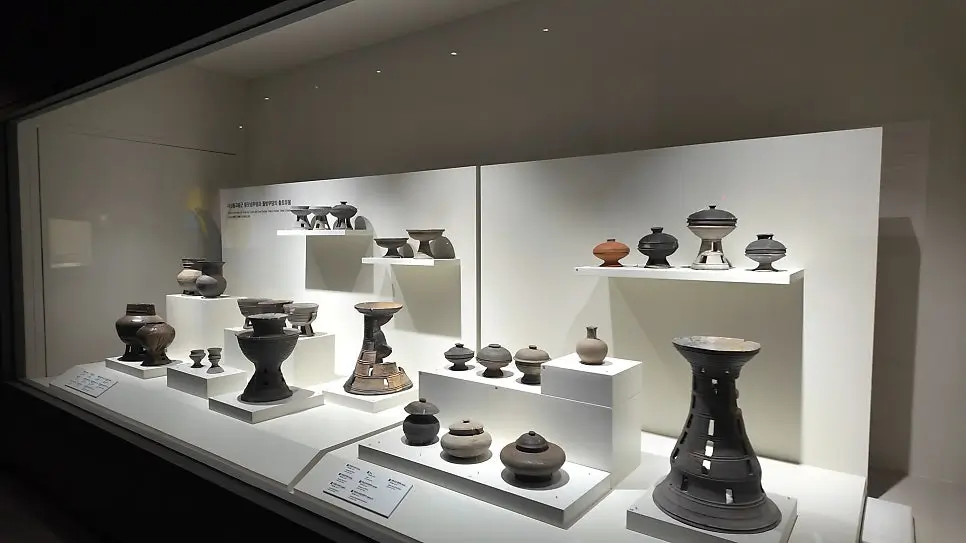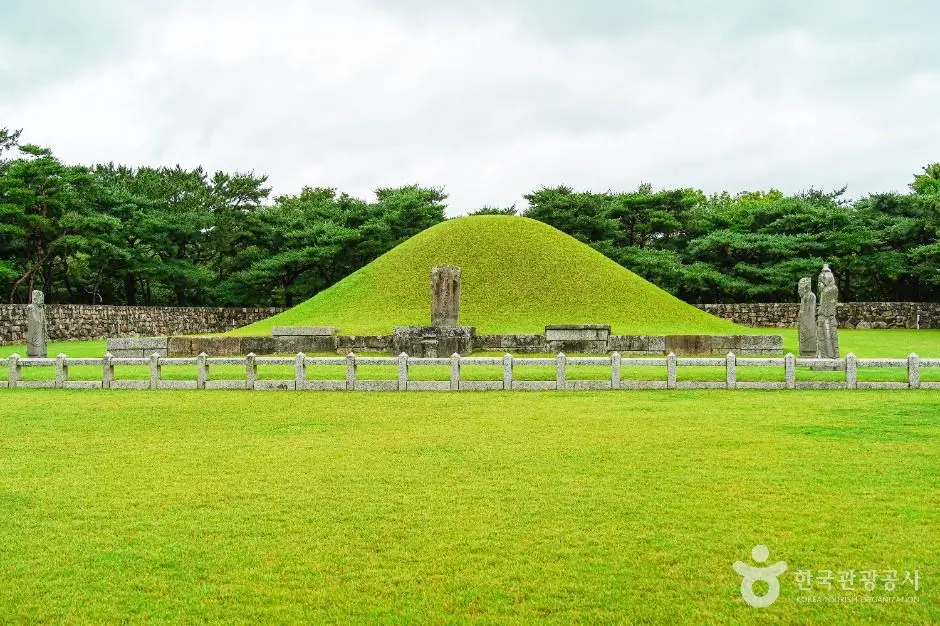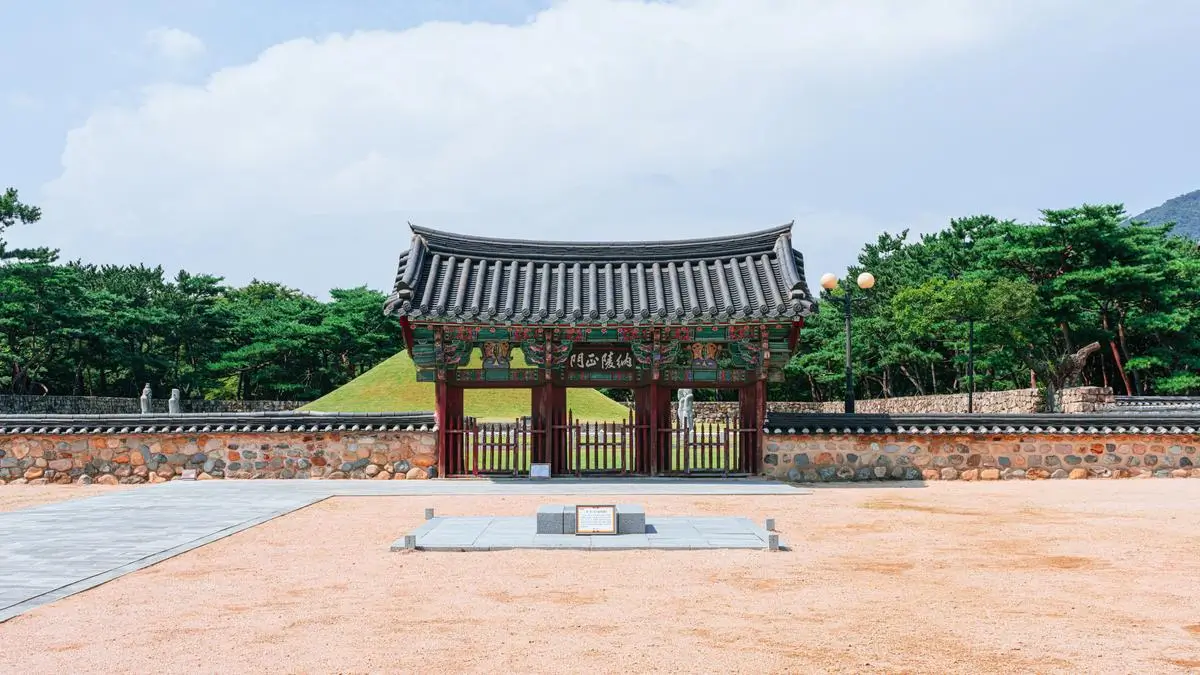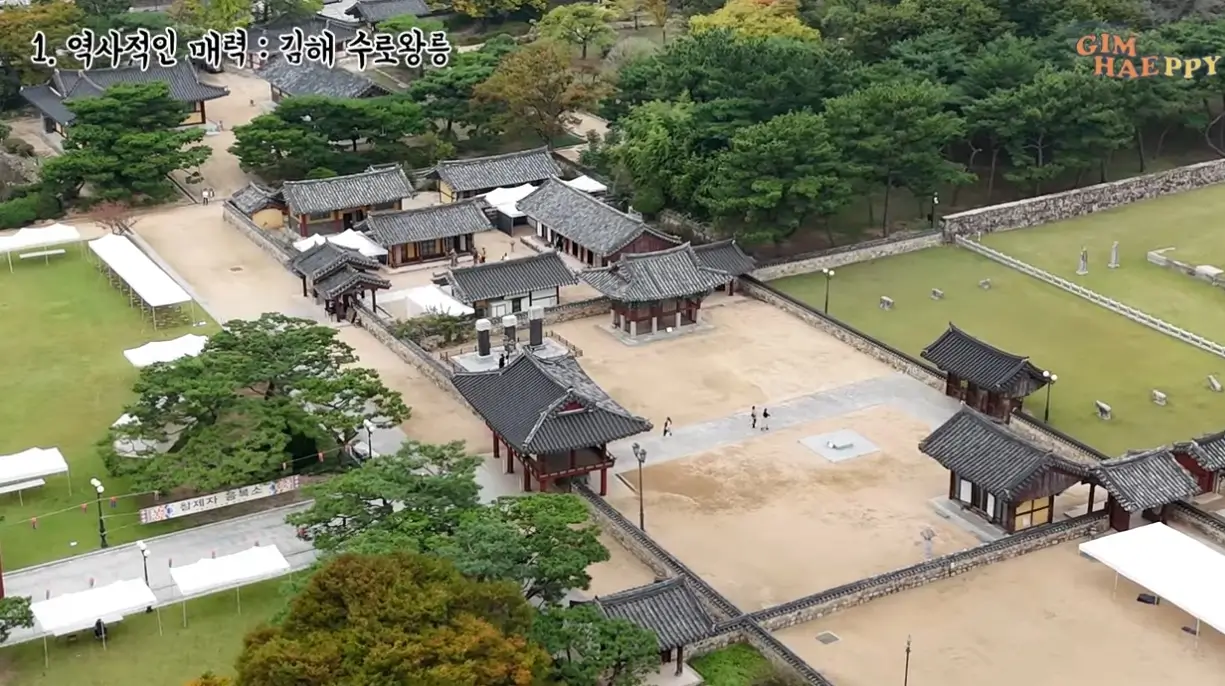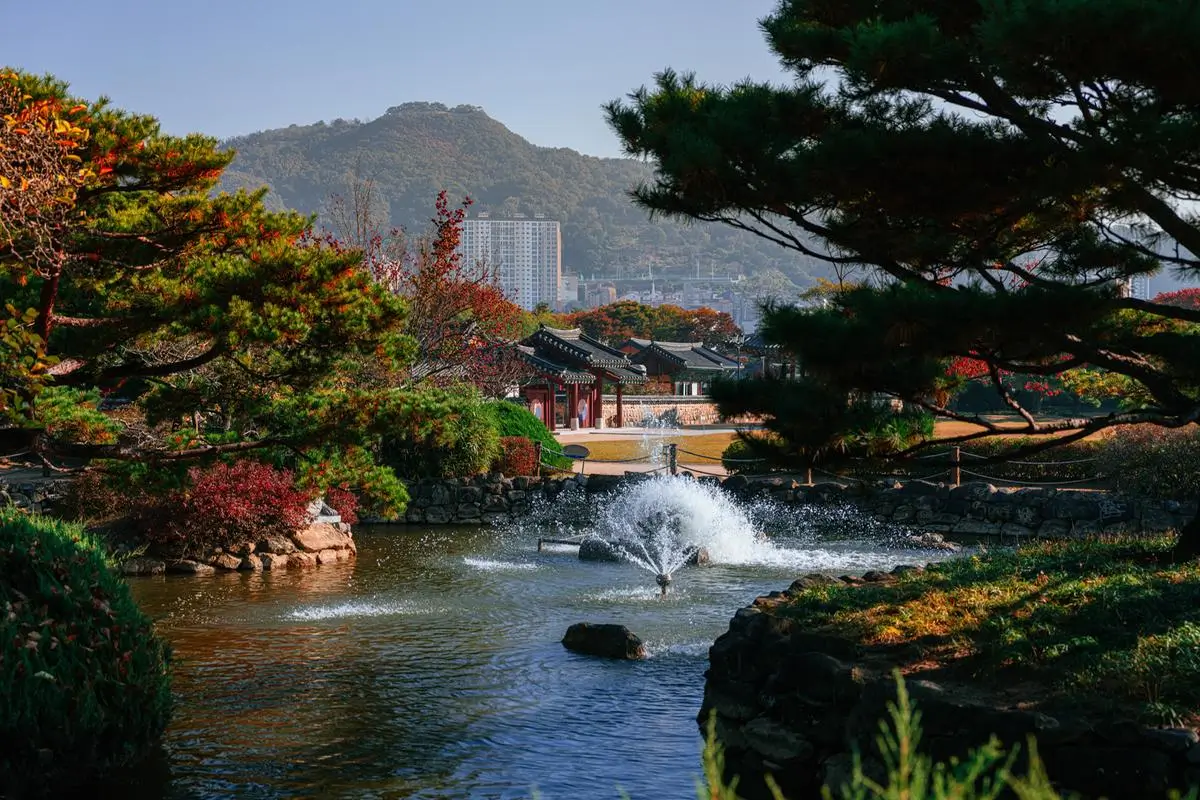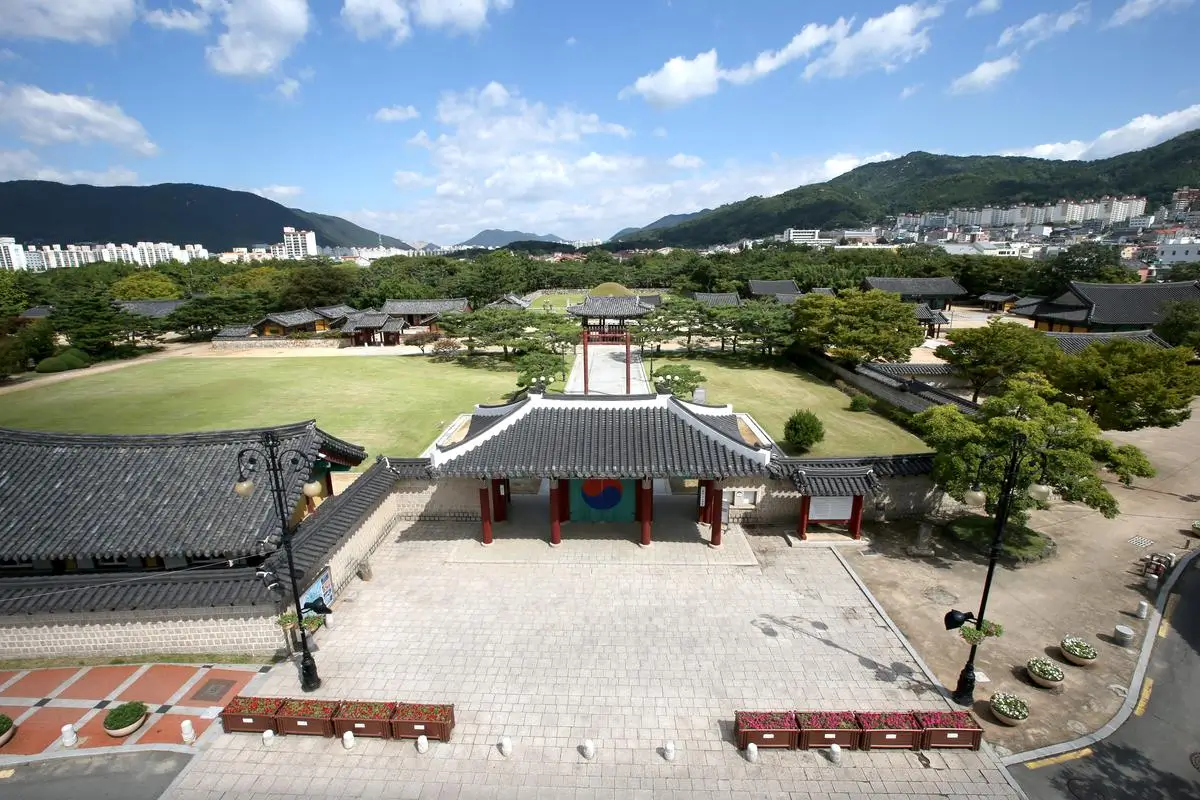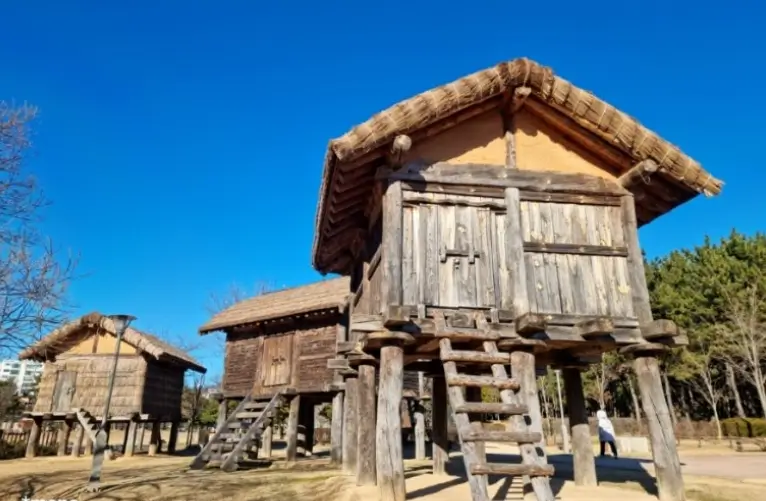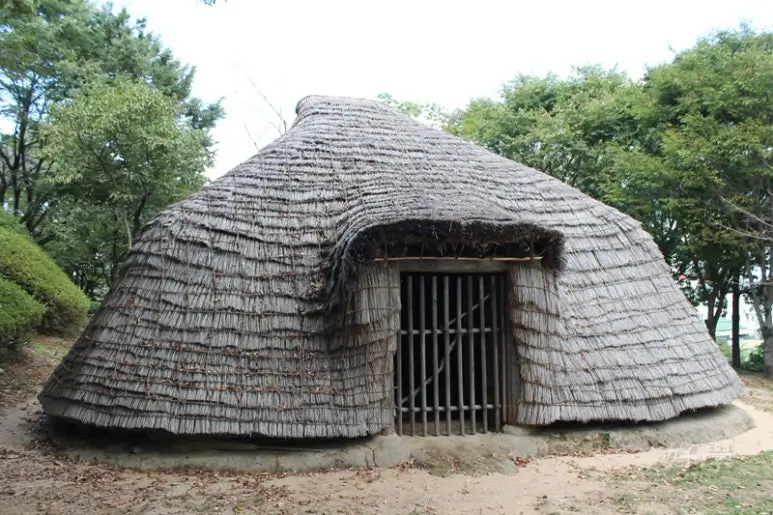✨ Ultimate Gimhae Travel Guide 2025 – Gimhae Buncheong Ceramics Festival 2025 & Gaya Heritage Travel Guide
0. About Gimhae
Gimhae is the only place in Korea where you can experience ancient Gaya civilization, the uniquely Korean aesthetics of Buncheong ceramics, and the modern democratic legacy of President Roh Moo-hyun—seamlessly connected in one travel route.
Within just a few kilometers, you move from royal tombs and archaeological sites to living craft workshops and a village that shaped Korea’s contemporary civic identity. It is a journey that lets you see Korea’s past, culture, and values not as separate periods—but as one continuous story.
🌏 Before You Head Out
Before you head out, make sure to download the Naver Map app — it’s the most accurate navigation app in Korea.
Unlike Google Maps, which often struggles with Korean addresses and routes, Naver Map provides precise walking, driving, and public transport directions in English.
Available on both Android and iOS, it’s your best companion for navigating anywhere in Korea, whether you’re looking for hospitals, clinics, pharmacies, government offices, tourist attractions, restaurants, or simply getting around the city.
👉 Download Naver Map (Google Play) | App Store
I. The 30th Gimhae Buncheong Ceramics Festival (2025) – Gimhae Travel Guide
- Date: November 4 – November 9, 2025
- Venue: Gimhae Buncheong Ceramics Museum & Clayarch Gimhae Museum
- Admission: Free (some hands-on programs paid)
- Theme: “Time of Buncheong, Meeting King Sejong”
Buncheong ware is known for its white-slip coating and painterly surface decoration, representing the Korean aesthetic of refined simplicity.
Gimhae was one of the major centers of Buncheong production in the early Joseon period, and the festival bridges this traditional heritage with contemporary ceramic arts.
🎨 Key Festival Programs
1) Commemorative Events
Potters’ Parade featuring local ceramic artisans
30th Anniversary Memory Hall showcasing the festival’s history and evolution
2) Special Exhibitions
Royal Infant Jar Exhibition — Displaying traditional tae-hangari jars connected to the royal family
Buncheong Masterpieces Exhibition — A focused look at the artistic language of early Joseon buncheong ware
National Tea Bowl Competition Exhibition — Award-winning contemporary tea bowls that bridge tradition and modern craft
3) Hands-on Experience Programs
Wheel-throwing & hand-building clay sessions for all ages
Traditional kiln firing demonstrations
Family-friendly AR Stamp Tour linked across the festival grounds
4) Performances & Cultural Events
Joseon-era traveling troupe street performance reinterpretations
Live busking sessions throughout the day
Kid-friendly & family performances on the main stage
5) Food & Lifestyle Zone
Local food stalls and regional specialty dishes
Tea Picnic Zone for slow, outdoor tea tasting
Artist × Local Roastery Collaboration Booths featuring limited-edition cups and brews
🌿 Transportation
- From Seoul (KTX): Seoul → Jinyeong Station(KTX) → Local Bus #2 to Jinrye (40-minute intervals)
- From Busan by Subway: Sasang Station → Gimhae Bus Terminal → Bus #44 to Jinrye (30–40 min intervals)
II. Recommended 2-Day Route
Day 1 — Buncheong Ceramics → Gaya Heritage
- Arrive at Jinyeong Station → taxi to festival venue
- Enjoy the Buncheong Ceramics Festival: hands-on pottery, outdoor installations, museum exhibits
- Taxi to Gaya Heritage Zone (approx. 20 minutes)
- Walkable Gaya History Route:
① National Gimhae Museum → ② Tomb of Queen Suro → ③ Daeseong-dong Tomb Museum → ④ Bonghwang-dong Settlement Site → ⑤ Tomb of King Suro - Check-in at Gimhae Hanok Stay (walking distance to all sites) – Reservation – 김해한옥체험관숙박예약하기
- Evening cultural stroll around heritage sites 🌙
Day 2 — Nakdong River Atmosphere + Bongha Village
- Hanok Stay → Nakdong River Rail Park (Rail Bike)
- Rail Park → Bongha Village (President Roh Moo-hyun’s hometown)
- Bongha Village → Jinyeong Railway Park (Café in old train cars)
- Walk to Jinyeong Traditional Market for snacks & local food
- Return via Jinyeong Station (KTX)
Lunch Tip: “Bongha Bapsang” is the only restaurant inside Bongha Village and offers simple but delicious local meals.
III. Key Sites & Historical Context (Full Translation)
1) Gimhae Buncheong Ceramics Museum
Address: 17 Buncheong-ro, Jillye-myeon, Gimhae
This is the first museum in Korea dedicated specifically to buncheong ceramics (opened in 2009), presenting the origins, techniques, and stylistic developments of buncheong ware.
Buncheong ceramics, widely used as everyday ware in the late Goryeo to early Joseon period, are characterized by their white slip coating and painterly decorative expression.
The museum grounds include traditional kilns and hands-on making facilities, allowing visitors to understand the production process in a realistic way.
When combined with a visit to the nearby Clayarch Gimhae Museum, visitors can experience the cultural flow from traditional ceramics to contemporary ceramic art in one connected route.
2) Bongha Village
Address: Bonsan-ri, Jinyeong-eup, Gimhae
This is the hometown and post-presidential residence of Roh Moo-hyun, the 16th President of the Republic of Korea, and a contemporary historic site where community-based living and democratic philosophy were practiced.
Across the village landscape, the birthplace, residential house, “Meeting Plaza,” and memorial burial site are naturally linked along the foothills of Bonghwasan.
It serves as a place of memory where visitors can reflect on “life after power” and the political philosophy of citizenship.
(1) Birthplace & Post-Presidential Residence of President Roh Moo-hyun
The birthplace preserves the architectural characteristics of a 1940s rural Korean home, while the residence, designed by eco-architect Jung Ki-yong, is known as the “low-roofed house,” harmonizing naturally with the surrounding mountain ridge.
After returning here upon retirement, President Roh continued community-based living, organic farming, and democratic research and dialogue.
Following his wish that “this house should someday be returned to the people,” it was opened to the public in 2018.
• Visiting Information: Guided tours Tue–Fri (reservation required), free self-guided visits Sat–Sun (10:00–17:00)
(2) Memorial Burial Site
The burial site adopts a simple southern-style dolmen form without constructing a mound, in accordance with his family’s wishes.
Approximately 15,000 commemorative paving stones engraved with citizens’ messages form the floor, making collective remembrance itself the memorial.
It was designated as Korea’s National Preservation Cemetery No.1 in 2009.
3) Nakdong River Rail Park
Address: 473-1 Masaro-gil, Saengnim-myeon, Gimhae
This site is a representative case of transforming a discontinued railway and bridge infrastructure into a tourism and cultural attraction.
The rail-bike route repurposes an existing railway bridge, offering a creative reinterpretation of industrial heritage.
A former railway tunnel has been converted into a wine cave linked to the local raspberry wine industry, serving as a model of regional economy revitalization.
The café created from a decommissioned Saemaeul train car presents the evolution of Korean railway culture and collective memory.
4) Gimhae Hanok Experience Center
Address: 40 Wangneung-ro, Bonghwang-dong: Reservation: 김해한옥체험관숙박예약하기
This complex modern restoration reflects the traditional spatial hierarchy of a Korean hanok (main quarters, inner quarters, and auxiliary wings).
The layout of guest rooms, main hall, and wooden terrace is designed so visitors can physically experience traditional patterns of light, ventilation, and movement.
Located near major Gaya historic sites, it functions as a cultural stay hub that connects Gaya-period heritage with Joseon-era daily living culture.
5) Daeseong-dong Tombs
Address: 126 Gaya-ro, Daeseong-dong
This 4th–5th century burial complex belonged to the ruling class of the Geumgwan Gaya kingdom and provides essential evidence for reconstructing the political hierarchy and funerary culture of the era.
The spatial arrangement and grave goods reveal that Gaya possessed advanced ironworking technologies and an active international trade network.
The adjacent Daeseong-dong Tomb Museum recreates tomb structures at full scale, offering a vivid interpretation of ancient funerary and warrior culture.
6) Tomb of King Suro
Address: 26 Wangneung-gil, Seosang-dong
This site is traditionally regarded as the burial ground of King Suro, the founding monarch of the Geumgwan Gaya kingdom.
The surrounding ancestral ritual buildings—including Sungseonjeon and Anhyanggak—illustrate royal ancestral rites and Confucian ceremonial practices.
The legend of Queen Heo Hwang-ok, said to have come from India, serves as key evidence supporting the interpretation of Gaya as a maritime, internationally connected kingdom.
The tomb complex was restored and maintained through the Joseon dynasty, demonstrating the continuity of the Gaya memory tradition in later Korean history.
7) Bonghwang-dong Shell Mound Site
Address: 63-gil Gaya-ro, Bonghwang-dong
This site contains concentrated remains of Gaya-period dwellings, production facilities, and shell mounds.
Artifacts such as Gimhae pottery, iron tools, and bone instruments show that Gaya had already developed a stable iron-based production system.
The discovery of Chinese Xin Dynasty Huoquan coins provides strong archaeological evidence of Gaya’s international trade networks.
Carbonized rice found here is regarded as an important chronological reference for studying the spread of rice agriculture on the Korean Peninsula.
8) National Museum of Gimhae
This institution is the center of Gaya archaeology and historical research, systematically presenting the structure of Gaya civilization through weapons, pottery, ornaments, and burial practices.
The museum supports the academic understanding of Gaya not as a small local polity but as a maritime confederated kingdom engaged in long-distance exchange.
Through exhibitions and research, it broadens the interpretation of Gaya’s international orientation, political structure, and cultural sphere.
IV. Private Tour Option
Klook: Busan/Gimhae/Gyeongju SUV Charter (Driver Included) — customizable route including Rail Park, Wine Cave, Gaya Heritage, Tomb of King Suro.
V. Where to Stay (Hotel Search)
- Klook Travel
- Booking.com: Hotels in Gimhae
- Agoda: Best Price in Gimhae-si
- Trip.com: Gimhae-si Accommodation
- Expedia
VI. Next Destination Suggestions
🎉 More Festivals & Seasonal Events — 🎉 Festivals & Events – Lucia’s Travel Studio
Affiliate Disclosure: Some links may be affiliate links. Purchases made through them support this site at no extra cost to you. Thank you for supporting independent travel creators.
